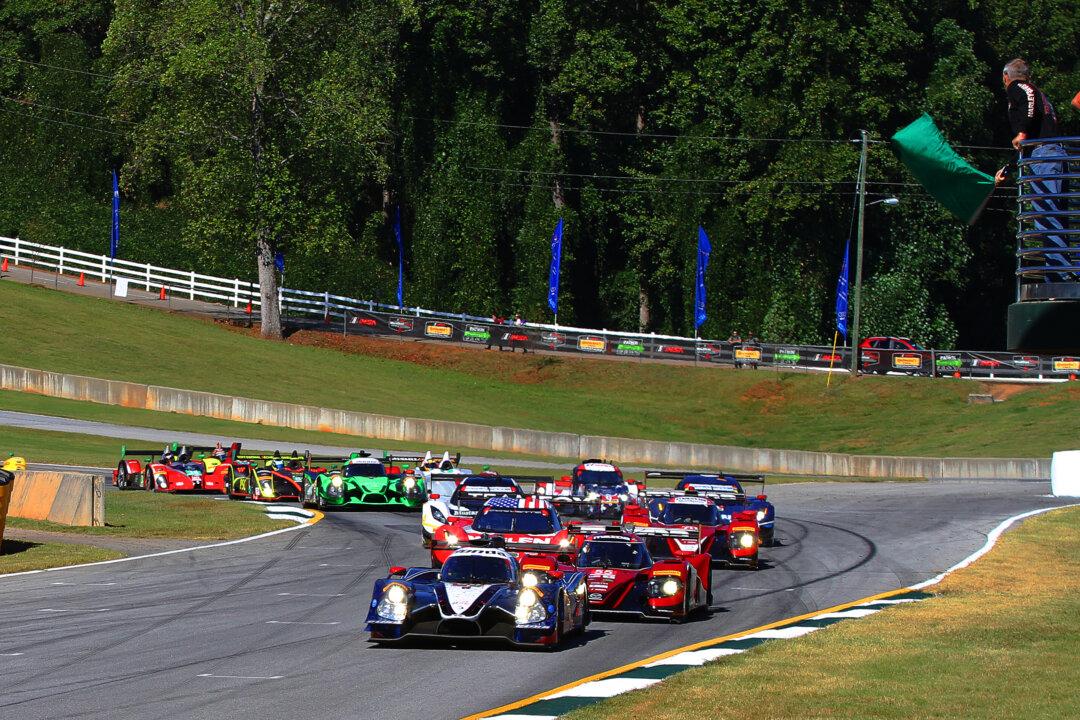BRASELTON, Ga.—IMSA’s WeatherTech Sportscar Championship wrapped up its 2016 season and its opening era at the ten-hour Petit Le Mans at Road Atlanta on Oct.1.
The weather was perfect, crowds were huge, and the racing was top-notch as cars fought for position and even class lead right down to the final lap of this 412-lap event.
Both the WSC overall title and the North American Endurance Cup contest were decided at Petit Le Mans, which led to a lot of highly competitive racing. Some endurance events are semi-parades followed by one-stint sprints; because the NAEC awards points at four-hour intervals throughout the race, teams were motivated to push hard throughout the event.

Dane Cameron and Eric Curran, assisted at Petit by newly-crowned IndyCar champ Simon Pagenaud in the #31 Action Express Coyote-Corvette secured the Drivers' and team Championships with a fourth-place finish, beating their sister car the #5 AXR Coyote-Corvette by three points. Chris Jasurek/Epoch Times





